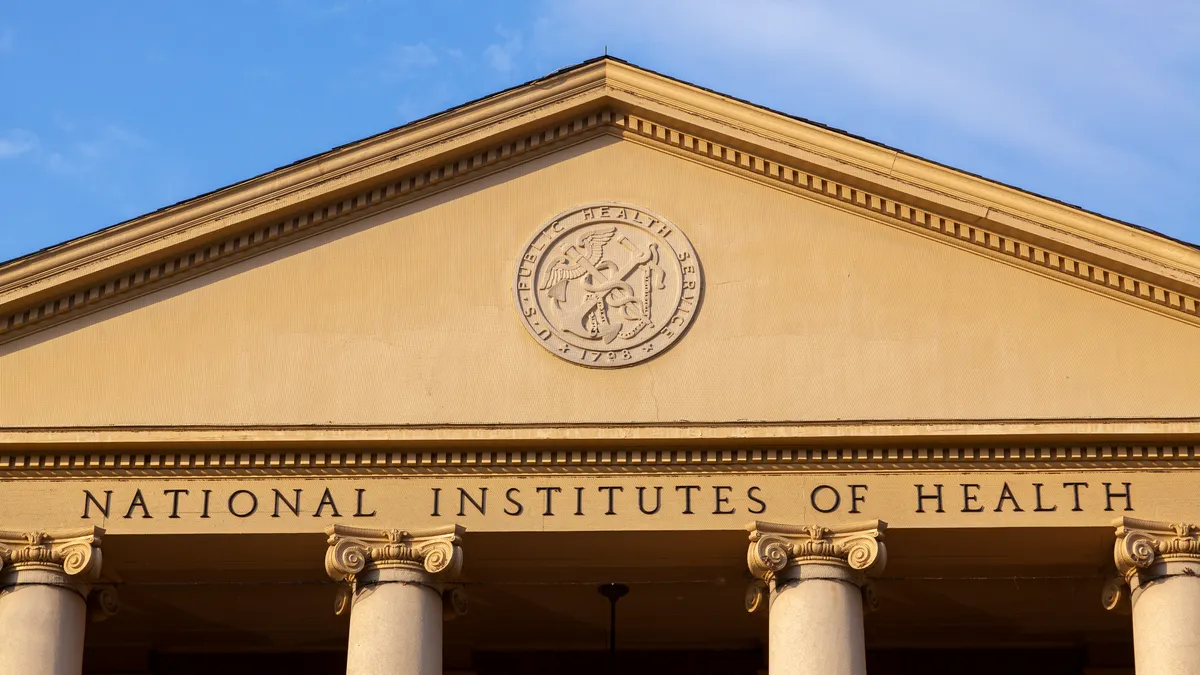Dive Brief:
- Highly selective colleges struggling to recruit more low-income students could benefit from a simple approach: encouragement to apply paired with information about aid. That's according to a new working paper from the National Bureau of Economic Research looking at the effects of a low-cost mailing campaign by the University of Michigan that targeted 1,932 high-achieving, low-income prospective students in the state.
- In September of their senior year, those students received a mailing promising four years of free tuition and fees — aid for which they were already qualified. It also told them they would succeed at the college and that they didn't have to complete financial aid forms to get the scholarship. Parents and high school principals were also made aware of the opportunity.
- Those students were more than twice as likely to apply (67%), be admitted (32%) and enroll (27%) than students in the control group. About a quarter of the boost in enrollment came from students who would not have attended college otherwise.
Dive Insight:
The study focuses on the High Achieving Involved Leader (HAIL) Scholarship, aimed at recruiting low-income, high-achieving students in the state and countering three negative factors that often impact their college decision, according to the report. Those are the prevailing thought that college costs more than it actually does; feelings that they don't belong at an elite institution; and the need to complete financial aid and other documents.
Highly selective private and public colleges, like the U of Michigan, are looking to be more welcoming to students from lower-income brackets, particularly those in-state. But aggressive recruitment tactics from out-of-state colleges are threatening those attempts, and some research suggests elite institutions are not the best suited to improve socioeconomic mobility for low-income students.
A December 2017 working paper from researchers at the Equality of Opportunity Project looked at how effectively colleges were able to improve economic mobility for their students. Examining more than 30 million student records from 1999 to 2013, it found mid-tier public colleges with good student outcomes and a sizable low-income population tend to have the highest upward mobility rates. At Cal State Los Angeles, for example, 9.9% of students are from a family in the bottom fifth of income distribution and end up in the top fifth. It's followed by Pace University and SUNY Stony Brook, both at 8.4%.
Harvard, meanwhile, had a rate of 1.8% move into the top fifth of income distribution. The University of Michigan had a rate of 1.5%. However, the study notes, elite colleges tend to vault a higher share of low-income students into the top 1% of earners.
The University of Michigan study followed some of the participating students into the first two years of attendance at the university. HAIL students were more likely to be enrolled in a highly selective college during that time, with higher dropout rates among the control group.
"This is consistent with the hypothesis that students induced into more selective schools, with their better-prepared peers and more resources, are likely to remain in the school and graduate," the researchers explain.








